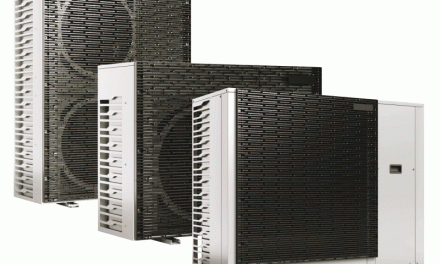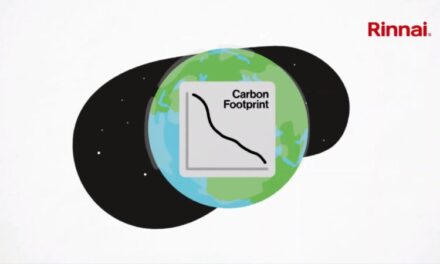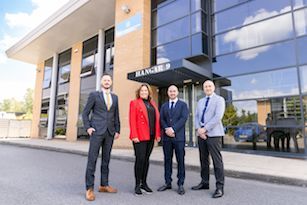 Increasing demands of a growing population coupled with energy intensive lifestyles, leads to major challenges for those who source, produce, distribute and consume energy.
Increasing demands of a growing population coupled with energy intensive lifestyles, leads to major challenges for those who source, produce, distribute and consume energy.
The UK is not immune to this challenge – indeed many projections suggest demand for energy will outstrip supply as early as 2015, with service interruptions affecting electricity supply soon after.
This has major implications for the data centre industry, which within a developed nation such as the UK, accounts for more than ten percent of all energy consumed, and is equal to more than 6,000,000 households and growing. Given that in some data centres more than two thirds of the energy is used for cooling, and in almost all cases the heat generated by the ICT is treated as waste, fundamental changes need to be made.
A number of industry initiatives have attempted to tackle this problem and develop best practice, for example the Green Grid or the EU Code of Conduct, but these guidelines are all predicated on the current paradigm of blowing chilled air on hot electronics, with some forays into using ‘outside air’, sometimes known as ‘free air cooling’ (climate and ambient temperature permitting). This system still treats the heat as waste, rather than a potential resource, and still requires large amounts of supplementary equipment.
However, there are alternatives available now which address these concerns. Relocating data centres to the Arctic Circle is becoming a popular choice for many businesses but may not be feasible for those with regulatory concerns or geographical restrictions. Next generation liquid cooling, on the other hand, negates the need for such a move and provides free cooling regardless of location.
Liquids are known to be up to 4,000 times more efficient at capturing and transferring heat than air, using much less energy to do so. However, adoption of liquid cooling has been patchy at best, either seen as a high end solution in super computer environments or as a bolt on within existing facilities.
The reality is that the current generation of liquid cooling has failed to gain mass market acceptance because it has not been designed with the current operational requirements of the data centre in mind, that is modular, scalable, highly available, fully redundant and safe – until now.
A new blueprint
Rather than tweaking or re-engineering existing systems, disruptive technologies are transforming the entire data centre industry with wholesale changes at even the most basic level.
In the current design process, consideration must be made for a variety of supplementary systems as well as the core IT servers. For instance, traditional facilities require chiller equipment, heat removal (and disposal) systems and separate heating apparatus. Even where free air cooling is possible for a percentage of the time, a complex and expensive Computer Room Air Conditioning (CRAC) infrastructure is still required.
In contrast, next generation liquid cooling systems, like those established by Iceotope, completely remove the need for chiller equipment or CRAC – freeing up large amounts of space and reducing the energy required to cool ICT by 97%. This also improves data centre density and means that the equipment used runs silently, enabling systems to be positioned inside busy populated locations such as research facilities with no detrimental effects. The flexibility of such spaces is vastly increased and there is less requirement for large, custom built structures. This solution also means that the heat harvested from the system may be used in the heating of local buildings, not only reducing the environmental footprint of the IT facility itself, but also of other facilities able to make use of the heat.
By making use of an environmentally sound inert coolant, 3M Novec, Iceotope’s system is not only capable of reducing cooling power costs, but allows data centres to run neutral in terms of heat. The Iceotope Platform operates with facilities input temperatures of up to 45°C, conforming to The American Society of Heating Refrigerating and Air-Conditioning Engineers standards (ASHRAE) as ‘W4’, the optimum temperature for liquid cooling. This temperature is key to providing free cooling anywhere on the planet, as the capability of taking such high input temperatures, whilst still being able to keep electronics cool, makes this system capable of functioning in even the most severe conditions. In countries that experience extreme temperatures or even in equatorial and desert regions, where heat is always a major concern for compute environments, next generation liquid cooling is able to resolve such problems and still provide 24/7 free cooling.
The next generation liquid cooling described in this article is set to disrupt the economics of the data centre industry in a major way. Given the potential energy and cost savings, this technology is not just innovative, it could force the market to rethink data centres all together.





